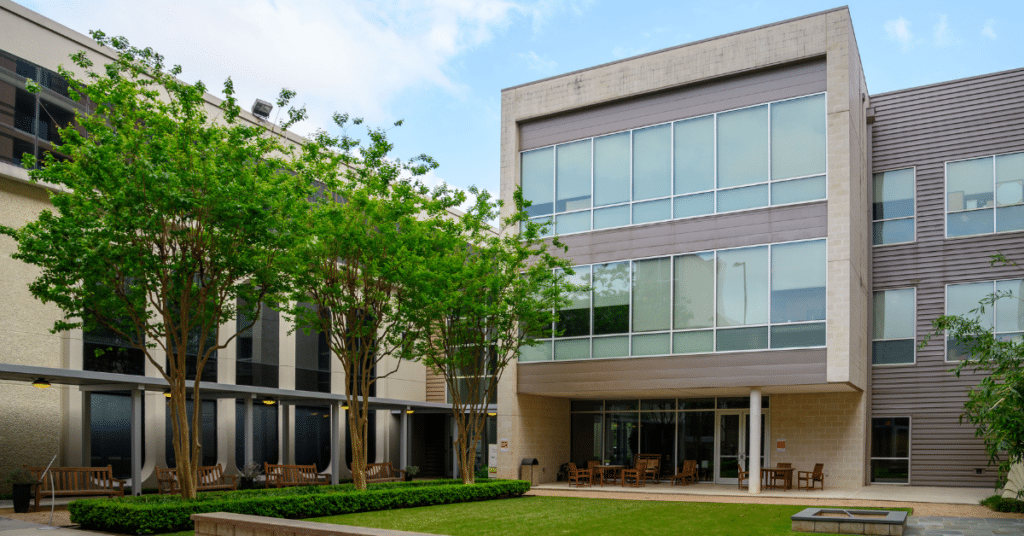The Council on Recovery is excited to welcome Teen and Family Services whose central office will now be housed at The Council’s campus on Jackson Hill Street in a strategic move that will multiply impact and conserve resources. The two recovery-focused nonprofits will maintain their distinct identities while sharing space and coordinating services for families with young people impacted by substance use.
The move comes amidst an alarming spike in drug overdoses, which is now the leading cause of unintentional death in the United States. Declining mental health is also a significant concern, with Texas Children’s Hospital reporting that the number of emergency room visits related to mental health crises has skyrocketed 800% since before the pandemic.

“Teens today face more challenges and pressures than ever before,” said George Youngblood, President & CEO of Teen and Family Services. “Together, Teen and Family Services and The Council on Recovery can support the entire family as they navigate a complicated world.”
Long-time allies, the two nonprofits hope that by strengthening their collaboration, they can improve the landscape of care in Houston. “Addiction is too big a problem to solve alone. This partnership helps make the road to recovery easier,” said Mary Beck, President & CEO of The Council. “With so many families in need, it is essential that we join together with like-minded organizations to extend our own impact and make the best use of limited resources.”
With nearly a century of combined experience, The Council on Recovery and Teen and Family Services will work together to leverage their unique strengths to more fully serve families with teens affected by addiction and co-occurring mental health conditions. Services will include screening and assessment; education and parent coaching; individual, family, and group counseling; and recovery support services.
For more information on these services, or to make a referral, contact us through our website or call 713.914.0556.
